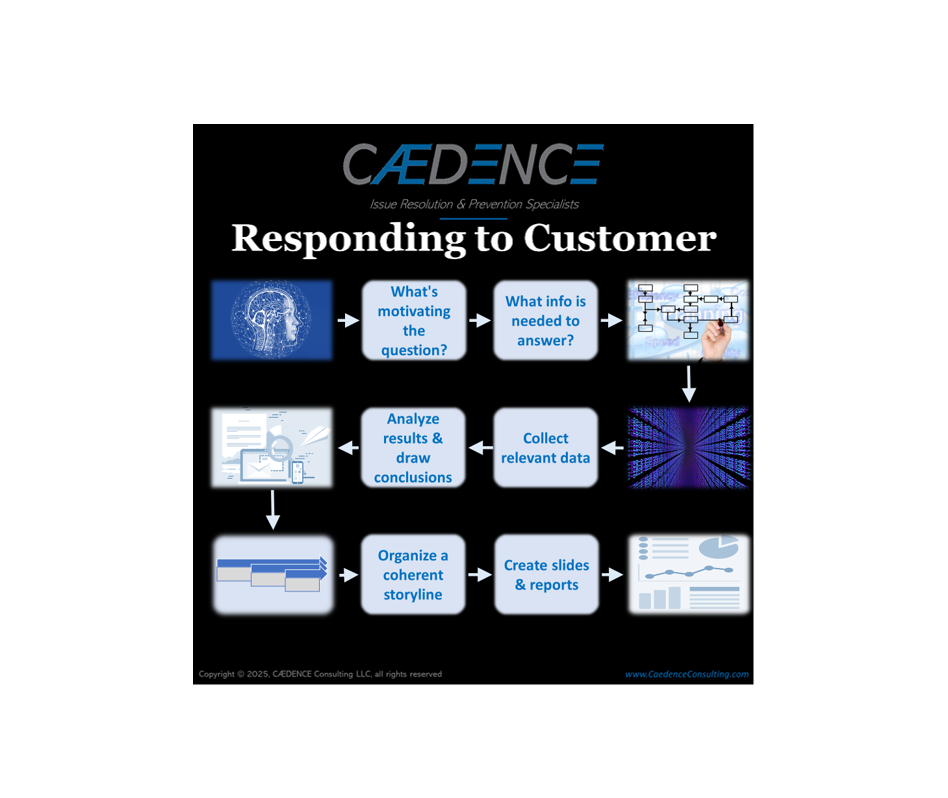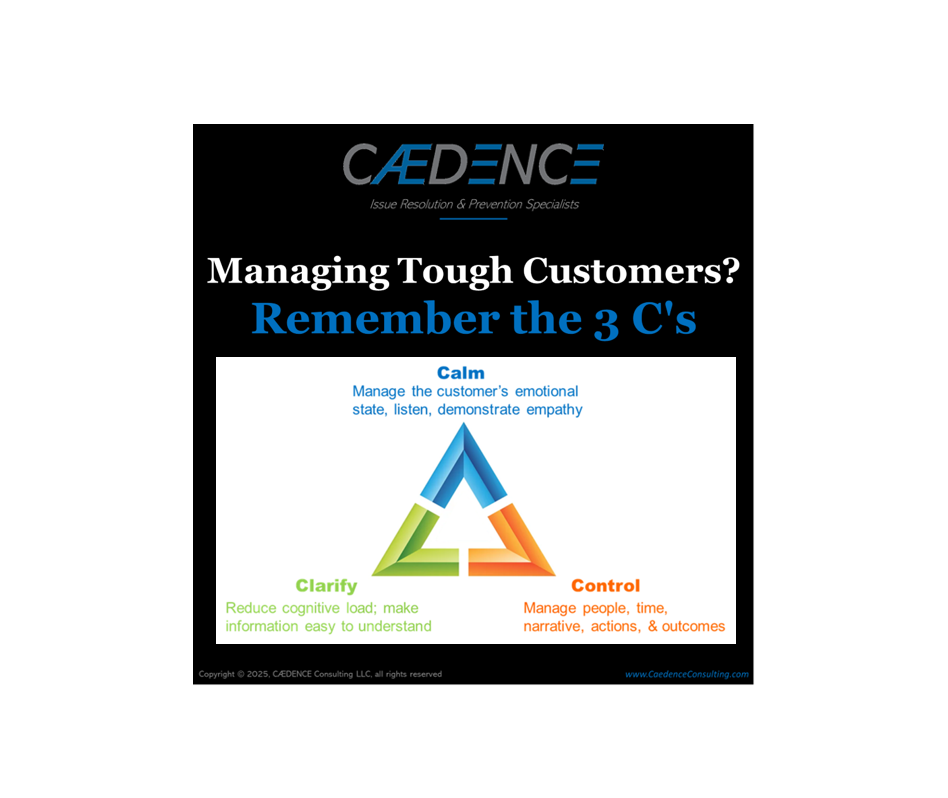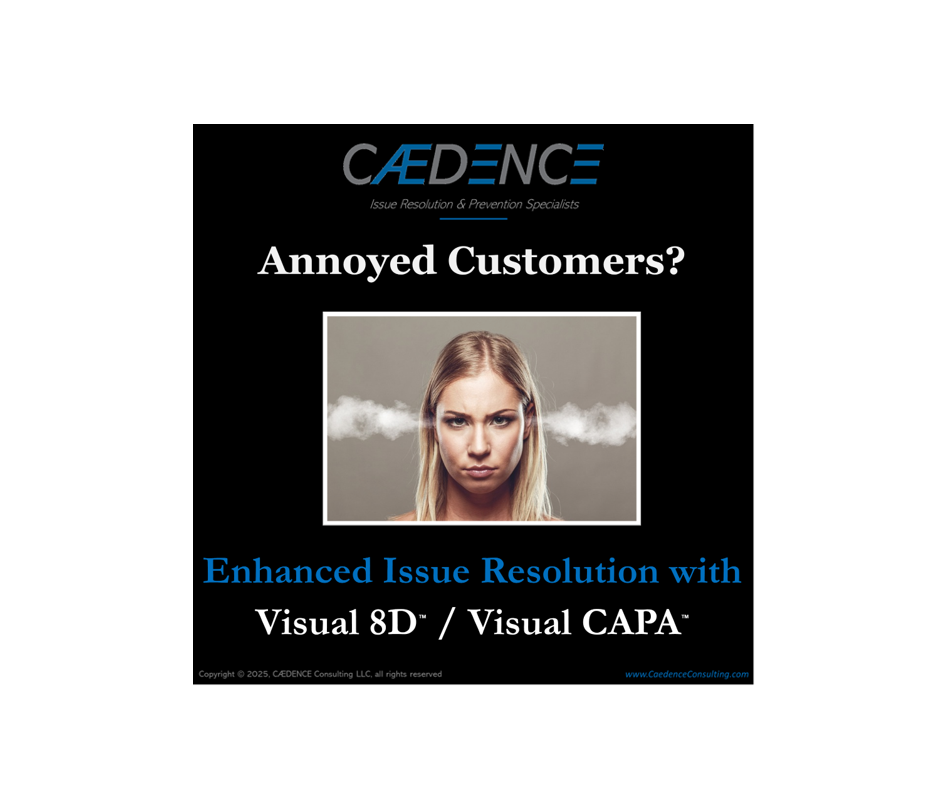First Step – Don’t Think about the Money!

Many entrepreneurs make the mistake of thinking “I need money to start my business”. They worry about finding investors before solidifying their product or service. However, before asking for money, new start-ups should be obsessed with creating and developing a product or service that meets the needs of customers.
Once you decide to start a business, step one is to create and develop the product/service to the point where you can share the concept and early prototypes with potential customers to receive feedback. Many products at this point get rejected by customers and need to be iterated or even scrapped altogether. Do not seek or spend excessive amounts of money before vetting your product in the market. Find customers who provide constructive feedback and lead to pre-orders. At this point in development, you are (very carefully) spending your own money. Use of, and effective management of, your personal funds shows future investors a) your commitment to the business and b) your ability to run a business (financial acumen).
Once the customer confirmation and demand (customer “pull”) is secured, it may be time to seek external funding to further develop the product and prepare for mass production. Many activities will be coordinated in parallel (product development, customer engagement, business planning, test marketing, and pre-launch planning). Far too often founders are obsessed with funding prior to the groundwork being done, but without the market feedback, product iteration, and customer pull in place, seeking financing is premature.

Over the years we’ve been exposed to Six Sigma, Juran, Deming PDCA, 8D, Dale Carnegie, A3, Shainin, and more. Each technique works pretty well, and has been demonstrated many times in a wide variety of industries and circumstances. At the core they are all essentially the same!
Each approach relies on an underlying logical flow that goes like this: [a] make sure the problem is clearly defined; [b] be open to all sources of information; [c] vet the information for relevance and accuracy; [d] use the process of elimination to narrow down all possible causes to the most likely few; [e] prove which of the suspects is really the cause of the issue; [f] generate a number of potential solutions; [g] evaluate the effectiveness, feasibility and risk of the potential solutions; [h] implement the winning solution(s); and [i] take steps to make sure your solution(s) don’t unravel in the future.
The differences between the paradigms resides in supplementary steps and toolkits. For example, 8D contains the important “In

Your primary role as a manager is to ensure your team’s success. Internalize this. Make sure your team members know this. Build an environment of trust and collaboration. A direct report of mine would frequently leave me out of the loop as problems escalated, preferring instead to “work harder”. It was clear that he felt uncomfortable delivering bad news to me (his boss) when things were not going according to plan. Let me tell you the rest of the story.








